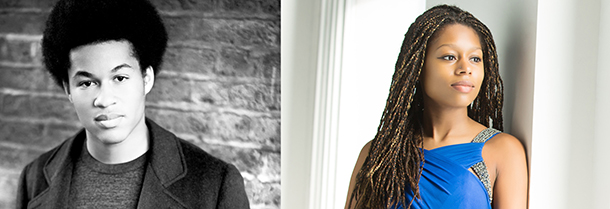Tag: Ludwig van Beethoven
-

-
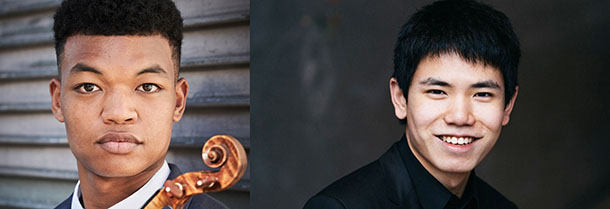
PROGRAM NOTES: RANDALL GOOSBY AND ZHU WANG
Lili Boulanger Deux Morceaux Lili Boulanger was born into a distinguished family of French musicians. Her grandfather, Frédéric Boulanger (b. 1777) had been a professor at the Paris Conservatoire and was married to Marie-Julie Haligner (1786-1850), a mezzo-soprano at the Théâtre de l’Opéra-Comique who had sung in the premiere of Donizetti’s La Fille du Régiment…
-

PROGRAM NOTES: DANIEL HSU
Robert Schumann Kinderszenen Op. 15 The character piece, a short work expressing a single mood or illustrating an idea suggested by its titling, was a typical product of the Romantic era, and Robert Schumann was a major contributor to the genre. In 1838 he composed 30 such works, publishing 13 of them in a collection…
-
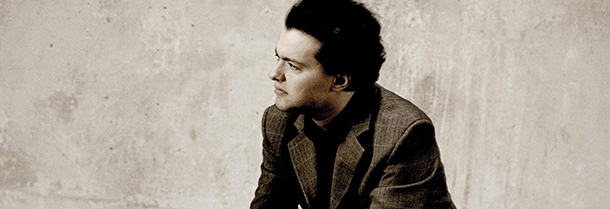
PROGRAM NOTES: EVGENY KISSIN
Johann Sebastian Bach Toccata and Fugue in D minor BWV 565 (arr. Tausig) While keyboard transcription and political debate might at first blush seem to be radically different fields of endeavour, one justly famous incident on American television stands emblematic of the risks run, in both disciplines, for those who would engage in rhetorical posturing.…
-

PROGRAM NOTES: ISATA KANNEH-MASON
Wolfgang Amadeus Mozart Sonata No. 14 in C minor K. 457 In 1785 Mozart’s Sonata in C minor was published together with the composer’s Fantasia in C minor as a single opus, with the Fantasia forming a kind of introductory ‘prelude’ to the sonata. Given that the Fantasia was composed many months after the sonata,…
-
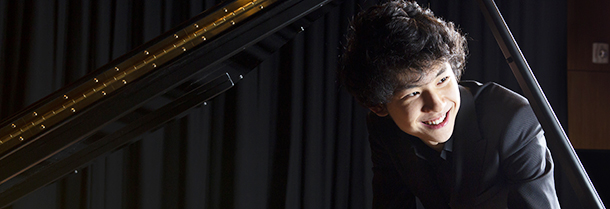
PROGRAM NOTES: TONY SIQI YUN
Johann Sebastian Bach Chaconne in D minor BWV 1004 (arr. Busoni) The 19th century witnessed a revival of interest in the music of Johann Sebastian Bach. But the sound world of the 19th century with its new spacious concert halls and louder, more powerful instruments (played by ego-driven virtuoso performers) flourished at some remove from…
-
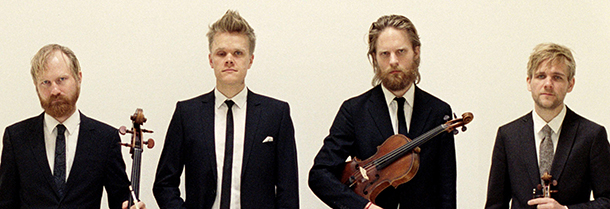
PROGRAM NOTES: DANISH STRING QUARTET
Johann Sebastian Bach The Well-Tempered Clavier Book I Fugue No. 16 in G minor BWV 861 (arr. Förster) If you have ever happened to see one of those cooking shows in which a chef is challenged to create an entire meal—appetizer, entrée and dessert—out of a minimum of ingredients (an ox-tail, say, and a banana)…
-

PROGRAM NOTES: YEVGENY SUDBIN
Domenico Scarlatti Sonata in B minor K 197 Sonata in G major K 455 “Probably one of the most outrageously individual compositional outputs of the Baroque era is to be found in the keyboard sonatas of Domenico Scarlatti,” writes Yevgeny Sudbin in the liner notes to his 2004 Scarlatti album. This may explain why Scarlatti’s…



